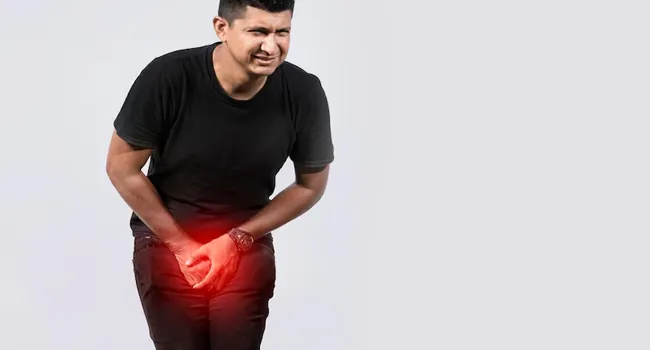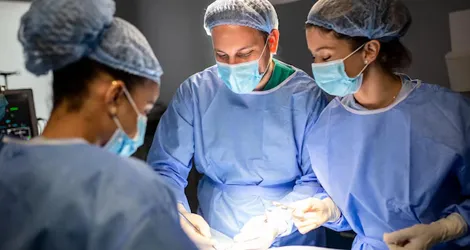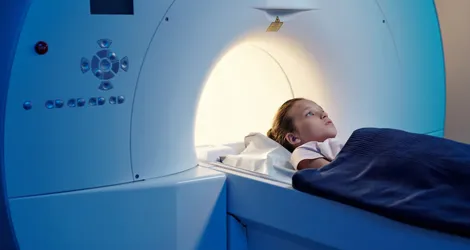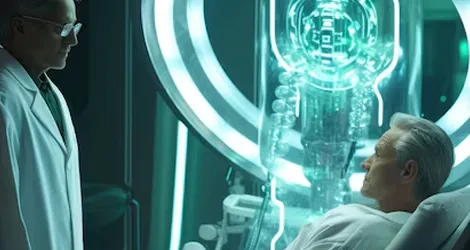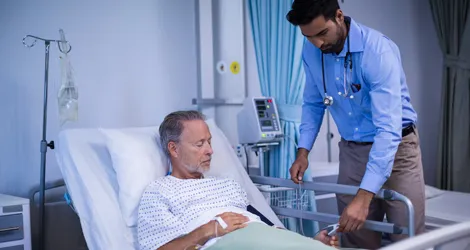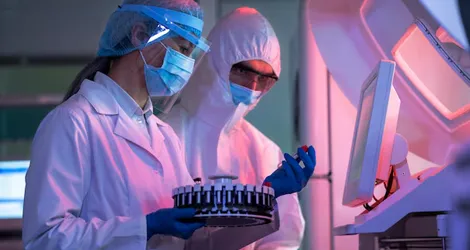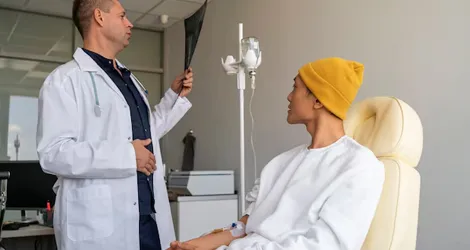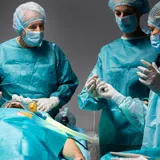Overview
Bladder cancer is a less common type of cancer that begins in the lining of the bladder. It can be treated in different ways, including surgery to remove the tumor. Since bladder cancer can return after treatment, it’s important for people who have had it to attend regular follow-up appointments and stay in close contact with their healthcare team.

What is Bladder Cancer?
Bladder cancer is a relatively rare type of cancer that begins in the lining of the bladder. The bladder is a small, hollow organ in the lower abdomen that stores urine. This kind of cancer can affect both men and women, though it’s more common in older adults. Bladder cancer is usually found early, which makes it easier to treat. Treatment options vary, but surgery to remove the cancer is one of the most common approaches.
Even after successful treatment, bladder cancer has a high chance of coming back. About 75% of early-stage bladder cancers return after treatment. That’s why regular follow-ups with healthcare providers are very important. Doctors usually monitor patients closely with tests and checkups to catch any signs of the cancer returning. Staying on top of follow-up care helps manage the disease and increases the chances of finding it early if it comes back. Being aware and acting plays a key role in long-term health.
Types of Bladder Cancer
Bladder cancer can begin in different types of cells found in the bladder. The type of cell where the cancer starts helps doctors decide which treatments may be most effective. Here are the main types of bladder cancer:
Urothelial carcinoma:
This is the most common type of bladder cancer in the United States. It begins in the cells that line the inside of the bladder. These cells stretch when the bladder is full and shrink when it is empty. They also line the inside of the ureters and the urethra, so cancer can sometimes form in those areas as well. Urothelial carcinoma was previously called transitional cell carcinoma.Squamous cell carcinoma:
This type is linked to long-term irritation or infection in the bladder. It can develop after repeated bladder infections or long-term use of a urinary catheter. Although it is rare in the United States, it is more common in areas where a parasitic infection called schistosomiasis often causes bladder problems.Adenocarcinoma:
This rare type of bladder cancer starts in the gland cells that produce mucus inside the bladder. Adenocarcinoma of the bladder makes up a small percentage of cases.
Some bladder cancers can include more than one type of cancer cell.
Risk Factors
Several factors may raise your chances of developing bladder cancer. Some are related to lifestyle, while others may be linked to age, medical history, or environmental exposure. Knowing these risks can help you talk with your doctor about ways to protect your health. Here are some common risk factors for bladder cancer:
Smoking:
Using cigarettes, cigars, or pipes can raise your risk of bladder cancer. Harmful chemicals from tobacco smoke enter your body and pass into your urine. These chemicals can damage the bladder lining over time, which increases the chance of cancer developing.Older age:
Bladder cancer can occur at any age, but the risk becomes higher as you get older. Most people who are diagnosed are over the age of 55.Being male:
Men are more likely than women to develop bladder cancer. The reasons for this are not fully understood but may involve differences in exposure and biology.Exposure to certain chemicals:
Some jobs involve working with harmful chemicals that may increase the risk of bladder cancer. These include chemicals used to make dyes, rubber, leather, textiles, and paint. Arsenic, a toxic substance that may be found in contaminated water, is also linked to bladder cancer. The kidneys help filter these chemicals from the blood, which means the bladder may meet them often.Previous cancer treatment:
If you have received the anti-cancer drug cyclophosphamide, your risk of bladder cancer may be higher. Radiation therapy to the pelvic area can also raise the risk later in life.Chronic bladder inflammation:
Repeated bladder infections or long-term inflammation (also called cystitis) can increase the risk, especially for a type called squamous cell carcinoma. People who use a urinary catheter for long periods may face this risk. In some parts of the world, a parasitic infection called schistosomiasis is a major cause of long-term bladder inflammation and is linked to bladder cancer.Personal or family history of cancer:
If you have had bladder cancer before, you are more likely to get it again. A family history of bladder cancer may slightly increase your risk, although bladder cancer does not often run in families. In rare cases, an inherited condition called Lynch syndrome (also known as hereditary nonpolyposis colorectal cancer) can raise the risk of bladder cancer, along with cancers in the colon, uterus, ovaries, and other areas.



